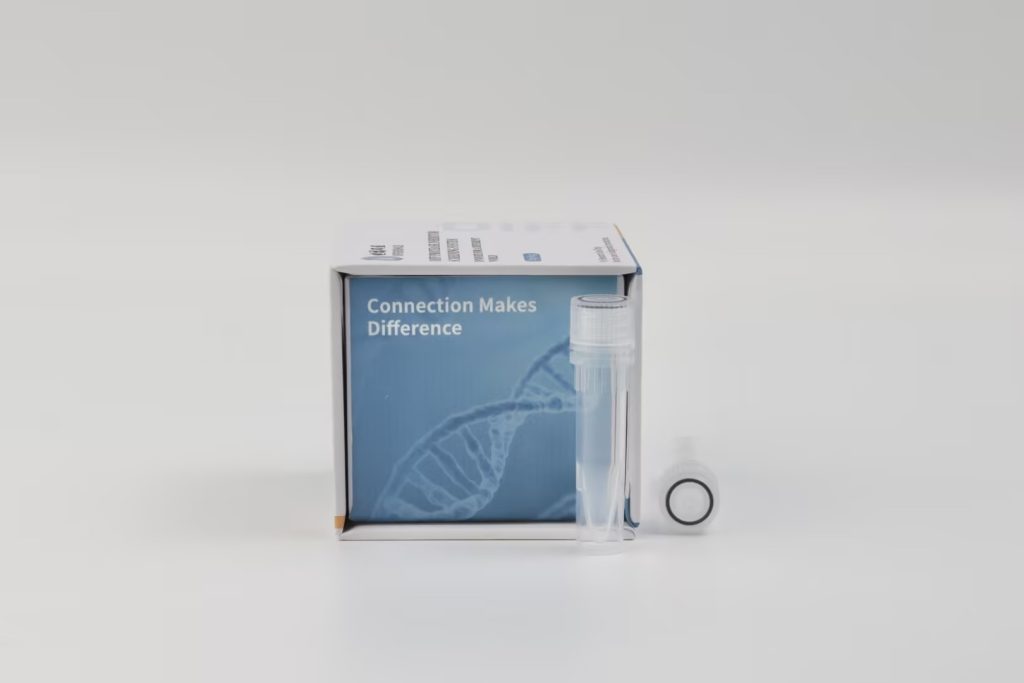The experimental design techniques for protease inhibitor assays involve multiple aspects, and the following are some key techniques and suggestions:
1. Clarify the purpose of the experiment
Before designing an experiment, it is necessary to first clarify the purpose of the experiment, which is to verify or screen for which protease inhibitor and the expected effect to be achieved. This helps guide the subsequent experimental steps and data analysis.
2. Choose appropriate proteases and inhibitors
Select representative proteases as targets based on the experimental objectives. Ensure high purity and stable activity of the selected protease.
The selection of inhibitors is also crucial. Known inhibitors can be chosen as positive controls, or new candidate inhibitors can be synthesized for testing.
3. Optimize the reaction system
Design a reasonable reaction system, including selecting appropriate buffer solutions, pH values, temperature, and other conditions, to ensure that proteases function under optimal conditions.
Determine the method and concentration gradient of inhibitor addition to comprehensively evaluate its inhibitory effect.
4. Set up a control group
In order to accurately evaluate the inhibitory effect of inhibitors, a control group must be established. Usually includes a blank control group without inhibitors and a positive control group with known inhibitors added.
The setting of the control group helps to eliminate non-specific interference factors and improve the reliability of the experimental results.
5. Adopt multiple detection methods
To comprehensively evaluate the effectiveness of inhibitors, multiple detection methods can be used for validation. For example, changes in enzyme activity can be measured using spectrophotometry, and changes in protein expression levels can be detected using methods such as Western Blot.
The combination of multiple detection methods can mutually confirm and improve the accuracy of experimental results.
6. Ensure the reproducibility of the experiment
During the experiment, it is necessary to strictly control the consistency of experimental conditions to ensure the reproducibility of each experiment. This helps to reduce experimental errors and improve the reliability of data.
7. Data analysis and interpretation
Carefully analyze the collected data and use appropriate statistical methods to process the data, such as calculating statistical indicators such as mean and standard deviation.
Reasonably explain the experimental results based on the experimental purpose and background knowledge, paying attention to possible interference factors and sources of error.
8. Pay attention to experimental safety
When conducting protease inhibitor experiments, attention should be paid to experimental safety. Especially when handling toxic or corrosive reagents, appropriate protective measures should be taken, such as wearing protective goggles, gloves, etc.
9. Adhere to ethical standards
If the experiment involves biological samples such as animals or human cells, relevant ethical norms and laws and regulations must be followed. Ensure that the experimental process complies with ethical standards and respects the rights of the subjects.
In summary, the experimental design techniques for protease inhibitor experiments involve multiple aspects, including clarifying the experimental purpose, selecting appropriate proteases and inhibitors, optimizing the reaction system, setting up control groups, using multiple detection methods, ensuring the reproducibility of the experiment, paying attention to experimental safety, and following ethical standards. By following these techniques and suggestions, the accuracy and reliability of experimental results can be improved.
Share on:
Facebook
Twitter
Pinterest
WhatsApp
Recent posts
We recommend


